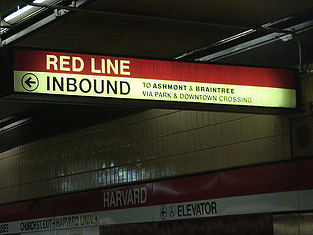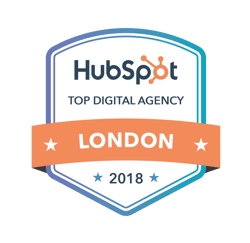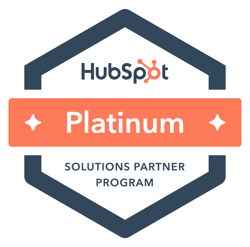
As event marketers we all know that B2B lead generation is an expensive and time-consuming business. Those ye olde ‘push’ tactics simply don’t yield the volume of quality leads we’re all desperately hunting.
That's why, these days, it's all about 'pulling' those prospects in. Successful inbound marketing should connect your potential customers with you and your event via engaging content that can be easily accessed on the device of their choice.
Three inbound marketing tips for successful lead generation
As highlighted in our ebook, "The Most Talked about Predictions for the Conference and Events Industry for the Near Future", event marketing departments should be focusing on inbound marketing in order to generate the leads they need. The types of content you produce for your inbound marketing will vary enormously but the simple formula we recommend for lead generation success is: quality content + data analysis + mobile optimisation.
1. Create engaging content to attract quality leads
Smart event marketers are already investing time and effort in creating original and quality content, not only to lure prospects in, but also to engage with them as future customers. They’re either creating this content themselves or working with inbound marketing agencies to do the legwork for them. If you don’t have the skillset or the resources in-house leave it to the professionals. Quality content is key.
2. Geek out over the stats
It goes without saying that there’s an element of ‘suck it and see’ to inbound or content marketing. It could be an insightful blog, an amusing video or even a quirky pinterest board that strikes a chord with your audiences. What matters is tracking. As with all marketing activities, you need evidence of what’s working and what’s converting. Investing in analytics and scrutinising the results will be crucial to the success of your inbound strategy. Try things out. If the first thing you try doesn’t work, get over it and try something new. Only by analysing the source of your web traffic and, most importantly, which bits of content are converting people into quality leads, will you find out what types of content your audience is attracted to. Admittedly, analytics is not the most glamorous part of marketing, but it is perfectly acceptable, and completely addictive, to geek out over the stats if it means you know where your customers are coming from.
3. Make sure you’re mobile
Another key feature of inbound marketing is the weird and wonderful places that your audiences will consume your content. Chances are your blog won’t be read between 9-5 sat at a desk. It’s much more likely that it will be downloaded on a mobile device during a train journey, waiting for an appointment, during an ad break on the sofa or even in bed. That’s why your mobile optimisation strategy should go hand-in-hand with your inbound plans. How frustrating to see a tweet about a funny new film following the day in the life of an event marketer and not being able to download it on your phone. Get your mobile strategy in place to avoid losing time-poor leads when they’re on the cusp of engaging with your content.
Want more event marketing predictions?
This is the first event marketing prediction in a series of blog posts inspired by our new ebook, "The Most Talked about Predictions for the Conference and Events Industry for the Near Future." Download the ebook to get your hands on the other 10 predictions.
Share your inbound marketing stories
What are your inbound plans for marketing your events or conferences in the near future? Do you have any success stories to date?
Image credit: Michael Romero







Do you have any comments?